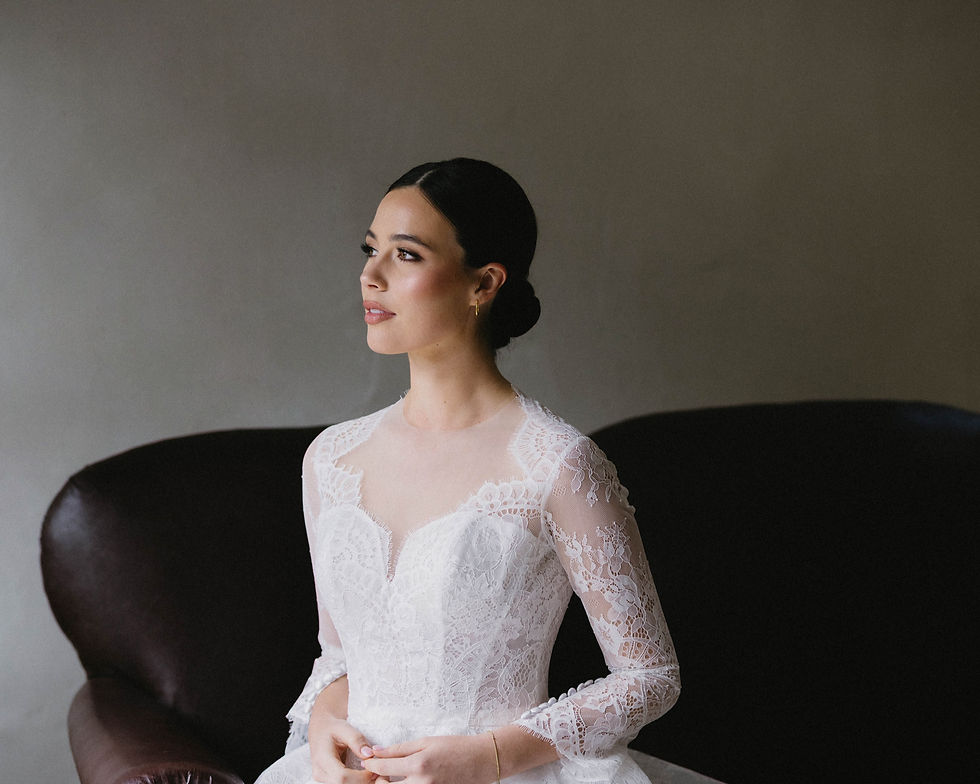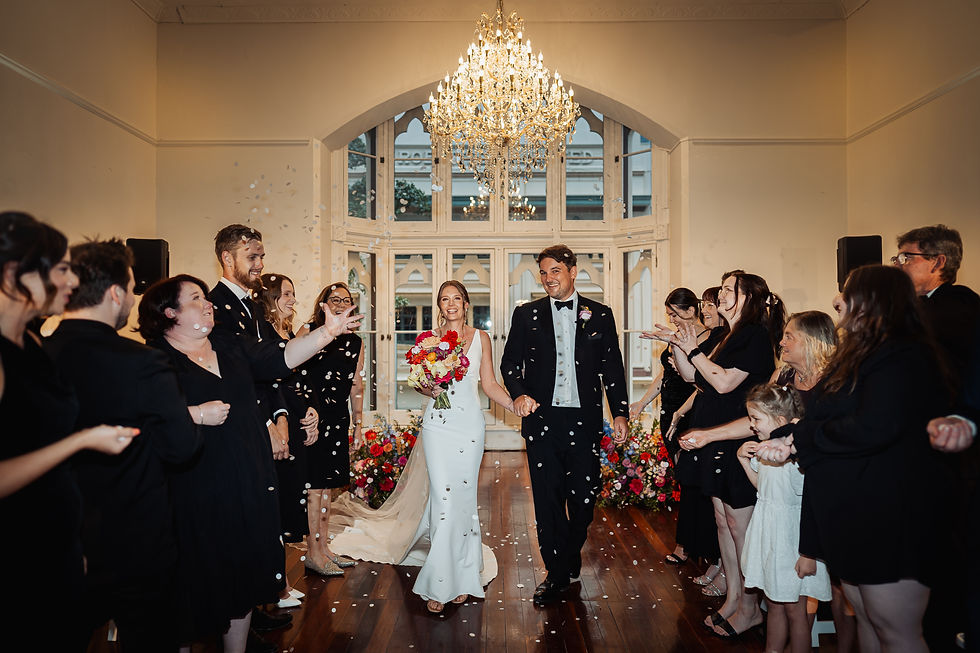How to Choose the Right Contour Shade For Your Skin Tone
- Kitzie Nuñeza
- May 5, 2022
- 2 min read
Contouring can enhance and transform your gorgeous features and bone structure when done correctly. It entails applying light and dark foundation shades to highlight, slim down, or deepen certain features that might otherwise go unnoticed.
Whether you're a novice or a veteran, it's imperative to ask how to choose the right contour shade for your skin tone. You wouldn't limit yourself to a single color when choosing the proper sculpting shade for your contour, just as you wouldn't limit yourself to a single eyeshadow palette or lipstick when perfecting your ideal look. However, with so many contouring shades to pick from, finding the correct match for you can be difficult. Continue reading to learn all of the tips and tricks for finding the perfect contour shade for you!

Tip no. 1: Try Mixing Shades
You may surely use customization to find the right hue by mixing several shades. This way, you can experiment with several colors on your skin until you find the one that best suits your skin tone. Mixing all of the shades lightens and darkens them, and they sheer out wonderfully on the skin!
Tip no. 2: It's All About The Shadows
Contouring the face simply means darkening particular areas you wish to emphasize. The forehead, cheekbones, nose, jawline, and chin are the most common areas. Pay attention to the hue of the shadows on your face while choosing the proper contour shades to utilize.
For fair to medium skin tones:
Use neutral taupes to give your face the appearance of a natural shadow.
For tan and olive skin tones:
Use a darker and more golden undertone to keep your contour from seeming ashy.
For dark skin tones:
To keep the contour from seeming grey, these skin tones require a lot of warmth and depth in the contour shades.
Tip no. 3: Cream Vs. Powder Contour
If you want to learn more about contouring, you should learn about cream and powder contours. The textures of these two are vastly different. Powder contours are better for oily skin types and provide a more matte finish, whereas cream contours are better for drier skin types and provide a more luminous finish.
Tip no. 4: Invest In Good Blending Tools
The appropriate contour brushes are essential for mastering the process because they substantially enhance your appearance and aid in the application of makeup. When working with powder, natural brushes are excellent since their cuticles easily absorb and release powder.
Tip no. 5: Have Fun With Contouring!
The most important tip is to have fun while doing the process! Perfection comes with practice. Experimenting will help you figure out what works and what doesn't for you. Experiment with a variety of products, textures, and blending tools. Looking your best should not be a source of stress.








Comments